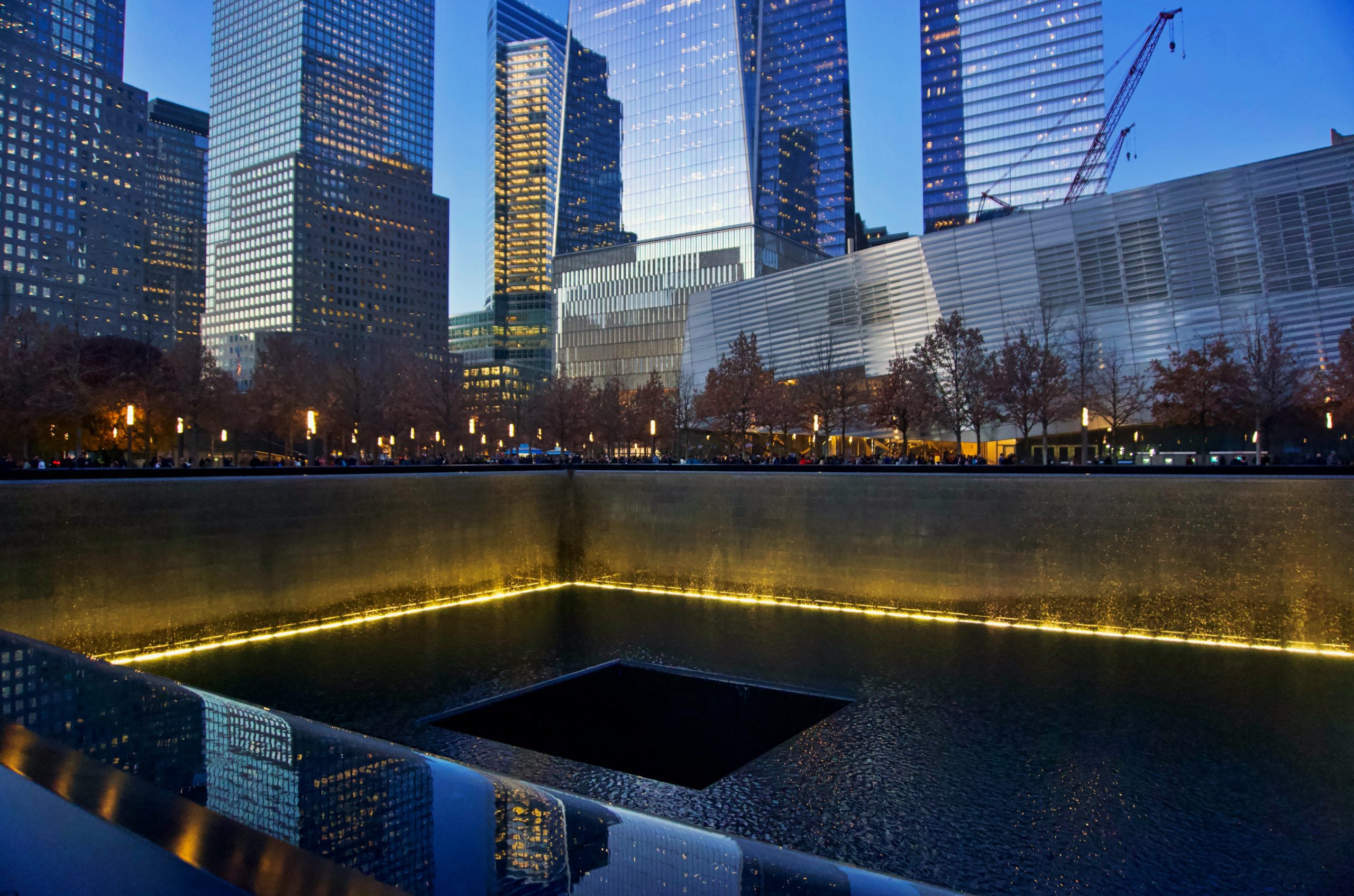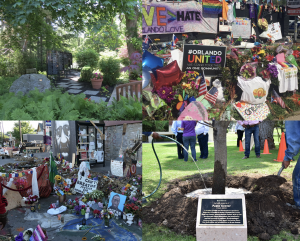9.1 Defining Memorials & Commemoration

Memorials, living memorials, commemoration, remembrance, and monuments are interrelated concepts, but it is important to understand the distinctions between them.
Memorials
Memorials are things created to honour and remember the dead. They “are the products of collective memory of social groups or [of] collective importance of an event, person, or circumstance, linking the past to the present and future” (Attwa, et al., 2022, p. 1). Memorials can take many forms (Bruggeman, 2020). Although some are permanent (e.g., official memorials, grave markers, dedicated park benches, or trees – See bottom right image below) or living creations (e.g., a memorial garden), others can take the form of remembrance gatherings, including the smaller/personal events hosted by families to honour the death of a loved one.
Living Memorials
Living memorials vary in form. They can be “a location or monument where people gather” (Benjamin, June 24, 2020, p. 2). They are memorials that can grow, change, or evolve over time. Examples include: adding panels to the NAMES Project AIDS Memorial Quilt (See Chapter section on Pandemic Memorials); adding names to plaques, such as the ones that are part of the Ian Anderson Hospice Memorial Garden (See top left image below); as well as leaving flowers, notes, teddy bears, etc. at static memorial sites, such as the Vietnam memorial in Washington DC. Living memorials can also be spontaneous in nature, such as those that take shape and grow in the aftermath of acts of violence, accident or mass death events. Examples include the temporary memorials to honour the victims of the Pulse Nightclub shooting in Orlando FL (See top right image below), and those in Minneapolis MN to honour the life and protest the killing of George Floyd by police (See bottom left image below).
Commemoration
Commemoration is the act of remembering, honouring or showing “respect to a person or event.” Acts of commemoration can include both special actions, like ceremonies or celebrations and “the creation of an object, work of art, writing, music, or a memorial” (Australian War Museum, n.d, para. 1).
Remembrance
Remembrance is more than the act of remembering. It is about “keeping a memory alive [of a person or event], or at least not allowing ourselves to overlook…[or forget what has] happened in the past” (COE, n.d., para. 1).
Monuments
The term monument typically refers to a structure, edifice or a figurative object (e.g., statue, structure, building) that is constructed to commemorate a notable individual or event (Attwa et al., 2022; Bruggeman, 2020). The definition of who or what is considered notable of being remembered is determined by the individuals who commission the work (Murphy, 2021), and thus the subject of contestation and debate (Lewis & Fraser, 1996).


